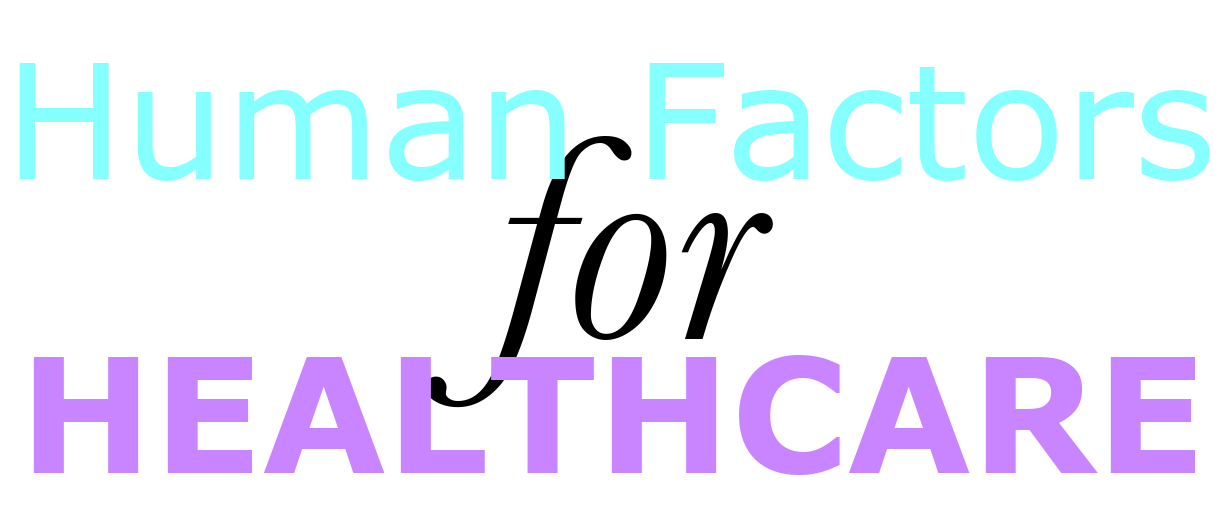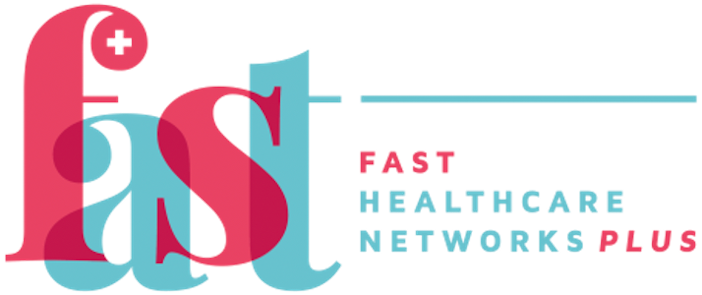Contextual Inquiry
Key Points
- Combination of interviews and observations
- Provide opportunities for the researcher to inquire of the user additional information to improve understanding
What are they and Why use them
Contextual Inquiry is a method that combines observations and interviews. It allows the researcher to be observing the practices of the participants, and provides the freedom for inquiry into why they are performing the actions they are performing at the time and how they understand their work. This allows for a great deal of information and context to be understood quickly based on the user’s experience performing the task, and acknowledges the user as an expert at performing their tasks. Contextual Inquiry can also provide important details to models relating to communication, roles and relationships of those being observed, sequence of events, impact of the environment, and reasons behind the structure of the system.
When to use them
When possible, contextual inquiries should be conducted as one of the first methods of understanding the user’s needs as it allows the researcher to probe the user for details they do not understand. In some scenarios they can be performed instead of observations, as the interactions of the users may be minimal and easily captured during the inquiry. However, in some healthcare settings contextual inquiry is impractical due to patients being present, the cognitive effort already required for healthcare professionals to perform their tasks, and the ability to record both sound and vision when people are working within sterile conditions and patient privacy needs to be maintained.
How to use them
Contextual inquiry begins with observation and then from what is being observed querying users to gain further understanding. For example: Why did you ask the patient to roll over? What information is helping you to make that decision? How do you know how much medication to give the patient? Therefore, contextual inquiries should use a combination of observation and interview techniques. Optionally, the insights from contextual inquiry can be represented in a set of work models that describe the flow of communication between people, the physical environment that shapes work, the design of key artefacts that support the work, the task structure (called a “sequence model”) and an overview of the culture and policies that shape work.
Pros
Quick to perform and provide a lot of additional context that cannot be gathered from observations alone. Promotes that the user is an expert and that the researcher is trying to understand how they perform their tasks.
Cons
Not always achievable due to the constraints of healthcare. Large data set, and prone to the Hawthorne effect (observation alters behaviour). Often hard to interpret data when the work is unfamiliar to the observer.
Points to ponder
- Where is the user receiving their information?
- Why do they perform the actions they do?
- What is the result of the action?
- How do they know when to take an action?


